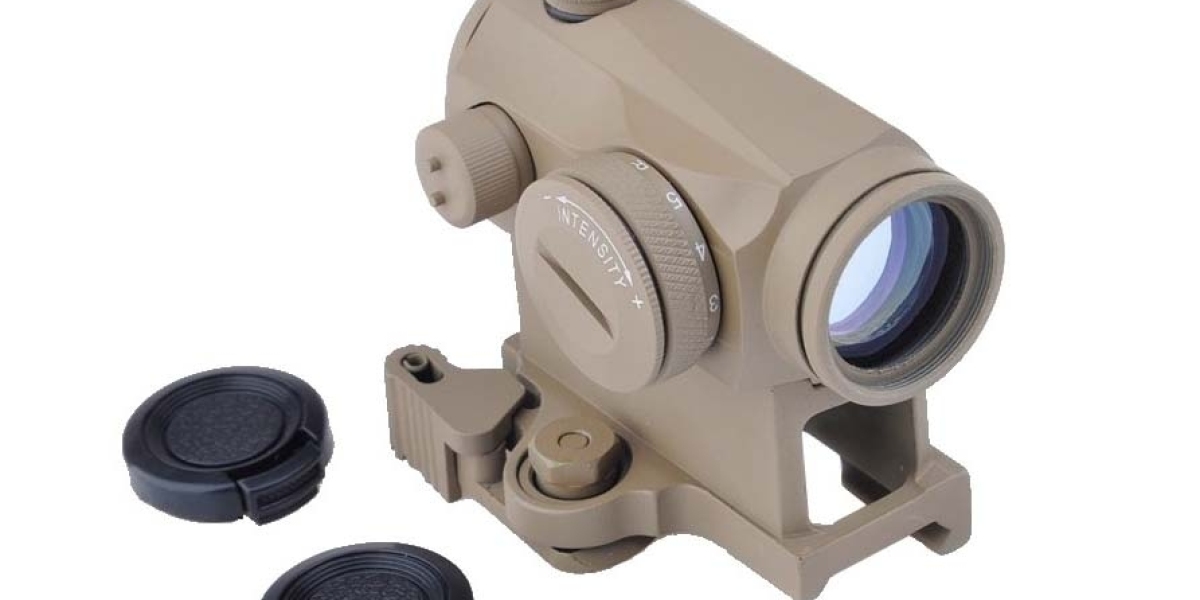It might be difficult to find the cause of a roof leak, but finding it quickly is essential to preventing expensive repairs. Water can move along structures before it drips, thus the water stains may not always indicate a leak. Here's how to locate the leak's source in a methodical manner.
Examine the interior of your house first. Examine the walls and ceiling for evidence of water damage, such as mold growth, peeling paint, or stains. These indicators typically point to the presence of water, however the leak may not be directly above the impacted region. Before it pools and ruins your interior, water frequently moves over beams or insulation.
Next, use a flashlight to inspect your attic, if you have access to it. During the day, light coming in via roof cracks or holes could assist identify the source. Additionally, you may notice mold, moist spots, or damp insulation—all of which are blatant signs of water intrusion. To pinpoint the source of the leak, trace the path of any observable water stains to their highest point.
It's time to check your roof's exterior now. Check the roof cautiously with a ladder for visible damage. Examine the area for any gaps around roof penetrations such as pipes and vents, worn or broken flashing surrounding chimneys, skylights, and vents, and missing or damaged shingles. Debris such as leaves and branches can also trap moisture, causing leaks, so ensure your roof is clean and free of obstructions.
A hose test can be used to determine the leak's source if it's still uncertain. As you run water over the various roof portions, working your way up from the bottom, have someone stand in the attic. This technique aids in locating the precise spot where water is leaking in, enabling you to locate the issue region.
Don't forget to check your downspouts and gutters as well. Water can back up and pool on the roof due to clogged gutters, which can result in leaks. Verify that they are free of debris and in good working order so that water may drain off the roof.
Lastly, examine the roof valleys, which are the intersections of two roof sections. The increased water flow in these regions makes them vulnerable to leaks. Look for worn shingles that may require repair or flashing in the valleys that is damaged or placed incorrectly.
Through meticulous examination of the roof's exterior and inside, you can effectively identify the leak's source. Once the issue has been identified, you can take action to stop further, more significant water damage to your house.
You can also visit: How much does a roof leak cost to fix?








